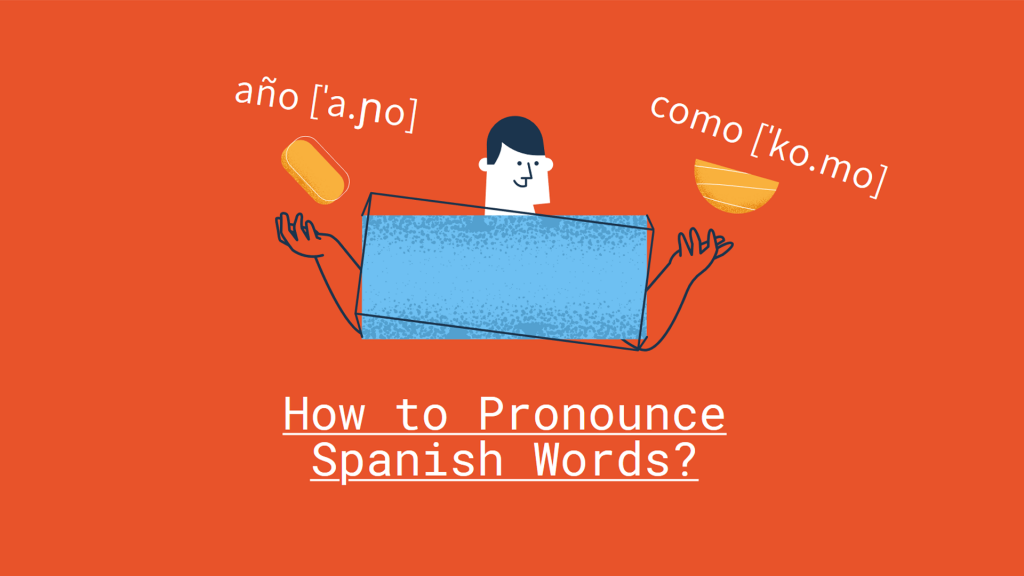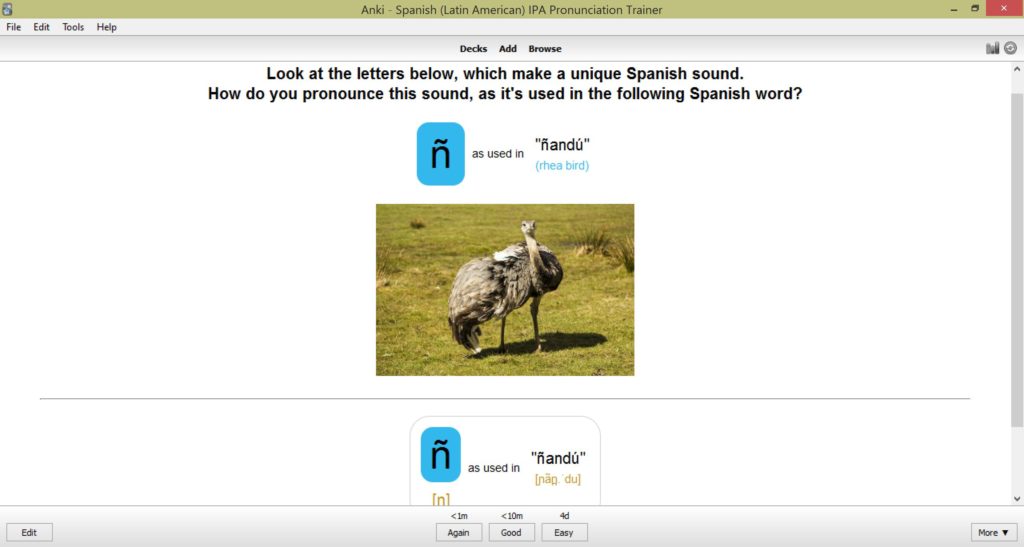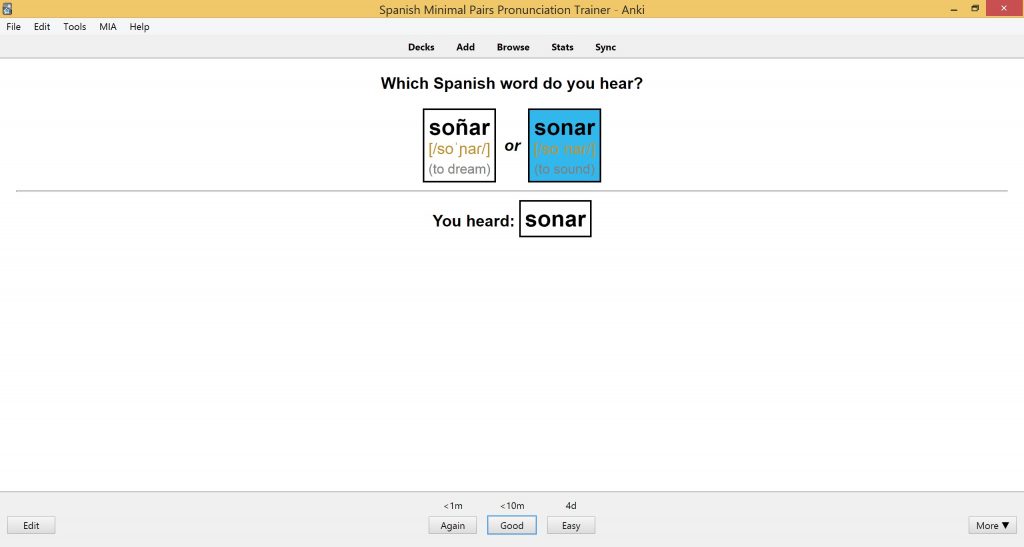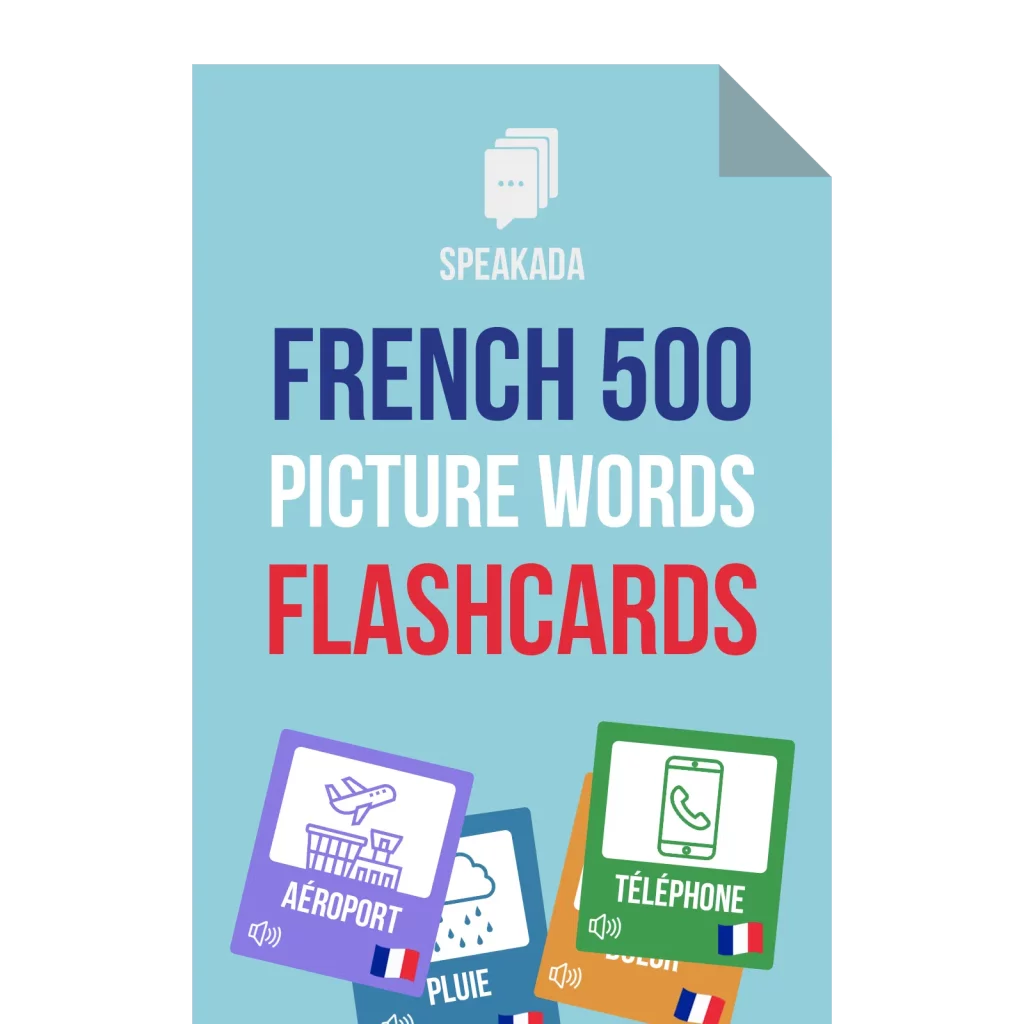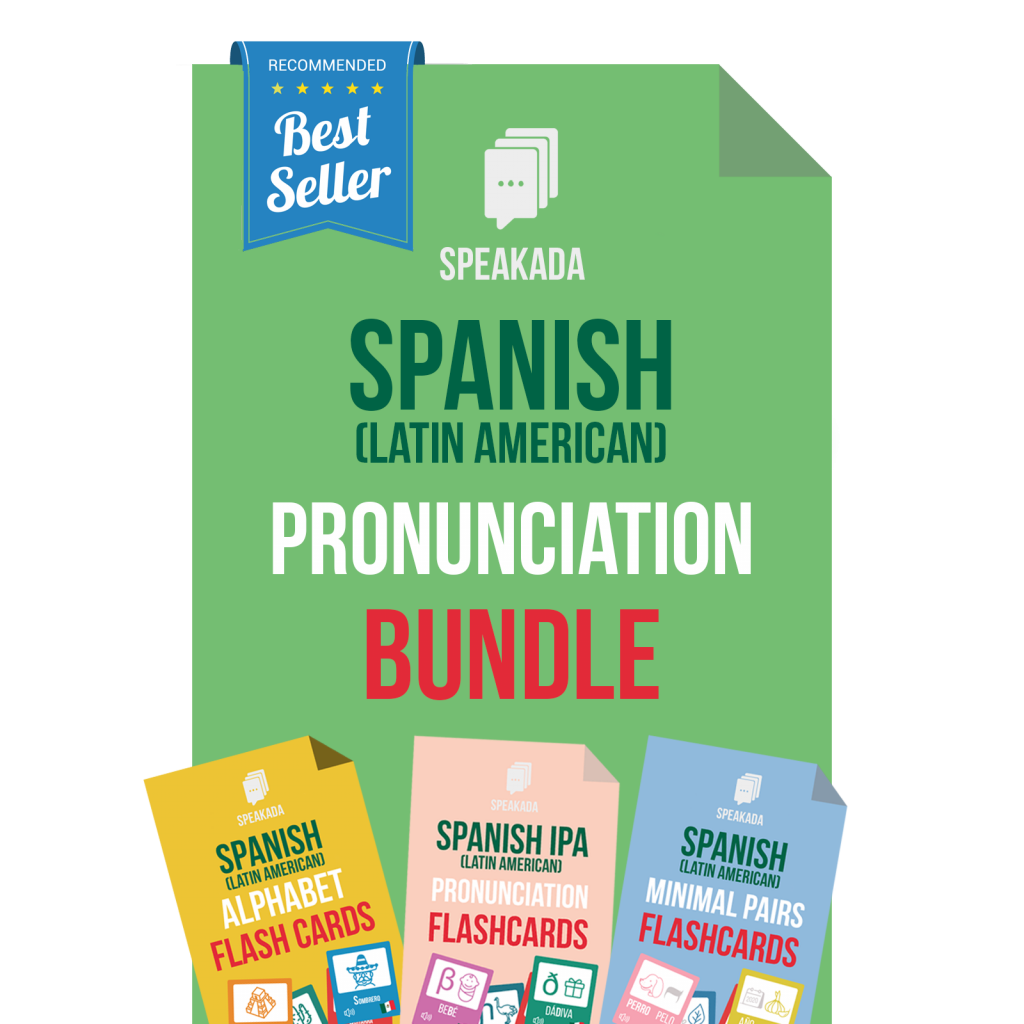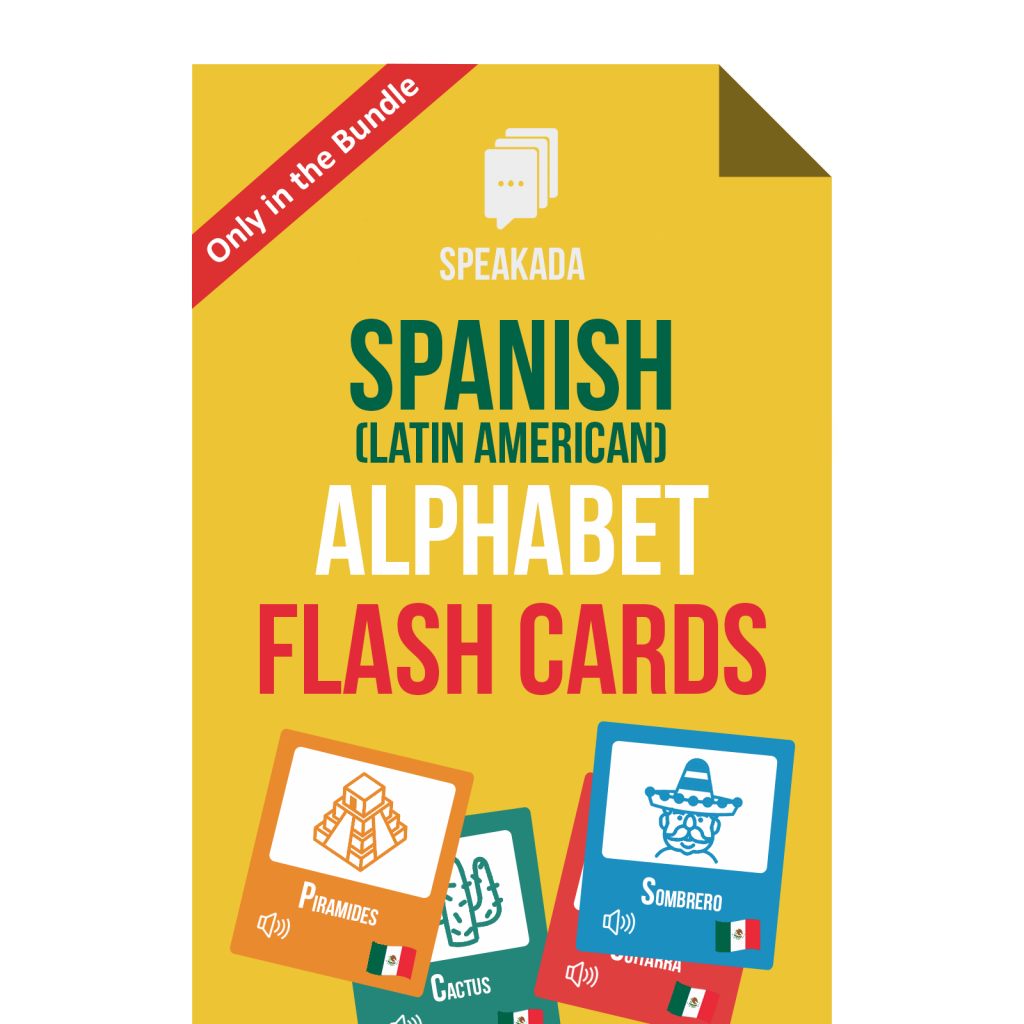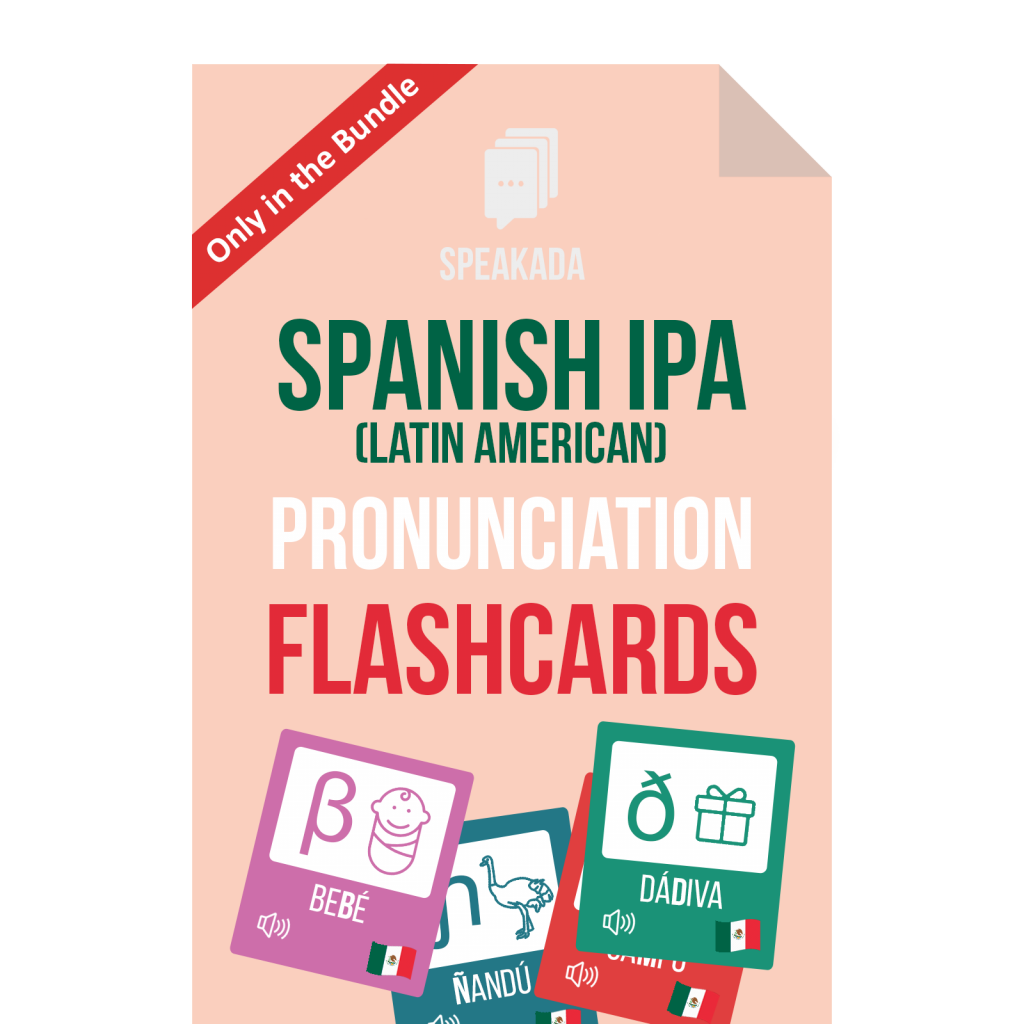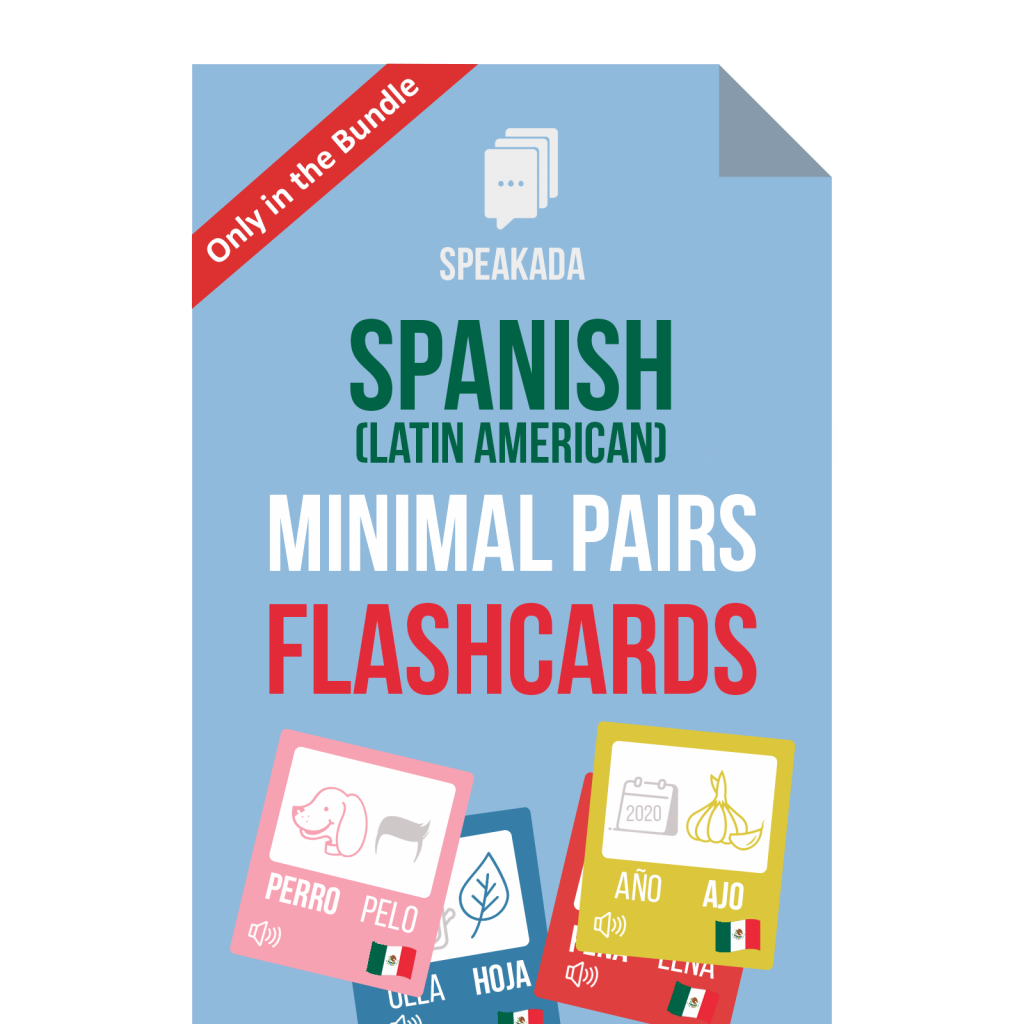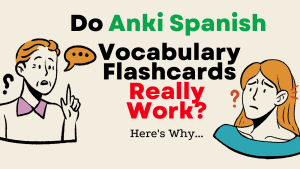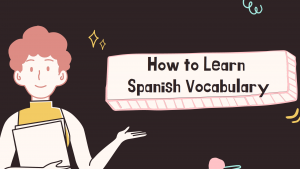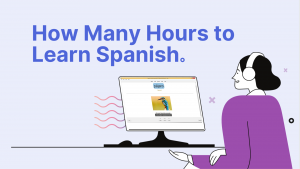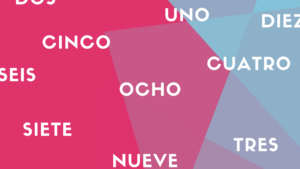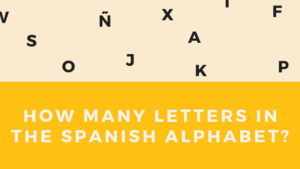How to Pronounce Spanish Words
Although the Spanish language is similar to English in some respects, many Spanish learners still find that Spanish pronunciation is very difficult. If you are wondering how to pronounce Spanish words and how to make sure you pronounce them well, then this article is for you.
I’ll give you 4 tips to help you pronounce Spanish words like a native Spanish speaker. These tips are useful if you’re stuck with a certain Spanish word that you want to pronounce. Maybe you just don’t know how to pronounce it well or you’re unsure whether you’re saying the Spanish word correctly.
1. Ask a Native Speaker
Spanish native speakers are a great resource to help you with Spanish pronunciation. Let’s say you encounter a Spanish word you don’t know how to pronounce. The first thing you can do is you could ask a native speaker for help.
Native speakers are great examples of how to use the Spanish language in real life. Therefore, we recommend that you learn to mimic native speakers and how they pronounce Spanish words.
If you have a friend or family member who is a Spanish native speaker, then you can ask them how to pronounce words in Spanish. This is a great way to learn how to pronounce Spanish words like the way a native speaker would naturally pronounce them.
Don’t worry if you don’t know any Spanish native speakers personally, as there are other options available. For instance, you could use an online language learning platform where you can connect with other Spanish native speakers such as iTalki or Preply and more.
While some language tutoring platforms are paid, there are also free alternatives such as online language exchanges, such as Conversation Exchange and Tandem. In a free online language exchange, you help a Spanish native speaker learn English, and in return that Spanish native speaker will help you learn Spanish, including Spanish pronunciation.
2. Listen to Audio Pronunciations Online
Sometimes it can be difficult to find a native Spanish speaker who is available to help you. There might be no Spanish speakers or very few of them in your area. Or you may be too busy to schedule a time to speak with a Spanish native speaker online or offline.
If you’re still having trouble pronouncing certain Spanish words, then another option is to find the audio pronunciation of those words online. There are websites, such as Forvo or online Spanish dictionaries, that have the Spanish pronunciation of words recorded by native speakers. Google also has a free pronunciation guide here. These are completely free to use and can be an easy way to learn how to pronounce Spanish words.
You can listen to the audio of the Spanish pronunciation to make sure you hear all of the sounds. Then you can practice with that audio, by mimicking the native speaker’s pronunciation. Next, you can listen to the audio and repeat it several times until you’ve really got that pronunciation down pat.
3. Learn the Spanish IPA
A third suggestion is for you to learn the Spanish IPA, the International Phonetic Alphabet. In fact, you may have already encountered the International Phonetic Alphabet in certain Spanish dictionaries. You can usually see the IPA next to each Spanish word entry in a dictionary.
The International Phonetic Alphabet is a standardized representation of how words in Spanish and other languages are to be pronounced. The IPA looks very similar to the regular alphabet, but you may have noticed that the IPA has particular lines or special characters over or around the letters. The special letters of the IPA are standardized across different languages to represent certain sounds, and proper Spanish pronunciation can be represented by this IPA.
So, you can use the Spanish IPA yourself if you are having trouble with pronouncing specific Spanish words. Whenever you come across a Spanish word that is difficult to pronounce, you can go and look up its corresponding IPA to help you pronounce it correctly.
You will find that the IPA can be so important because there will be times when you’ll encounter a Spanish word that is spelled a certain way. But it can be difficult to figure out how to pronounce that word based simply on its usual Spanish spelling.
This is because often there are different ways to pronounce combinations of letters. Sometimes there aren’t any clear patterns and connections between the usual spelling of a Spanish word and the way that the word should be pronounced.
Nevertheless, each Spanish word actually has a way to be spelled using the Spanish IPA and this tells you how you should pronounce it. So it does help to learn the Spanish IPA.
If you learn the Spanish IPA, then you’re able to understand which sounds you’re supposed to produce for any given Spanish word. That’s because for each unique sound of the Spanish IPA, you’ll be able to figure out how your mouth is supposed to move, where to position your tongue, teeth and lips. To learn the Spanish IPA, you can use an Anki Spanish IPA flashcard deck, which will allow you to memorize the Spanish IPA and help you learn Spanish pronunciation more easily and more effectively.
Once you learn the Spanish IPA, you can use this tool to look up the IPA of any Spanish word. You’ll have greater confidence to speak Spanish as you’re more able to pronounce Spanish words correctly.
4. Use Spanish Minimal Pairs
The final tip is to use Spanish minimal pairs. Minimal pairs are two different Spanish words that sound almost the same, but there’s just one sound that is different. Your goal with minimal pairs is to hear these two different sounds and to be able to distinguish which of those audios correspond to the correct audio.
Let’s take for example “soñar” (to dream) and “sonar” (to sound). These two words sound very similar however, have two completely different meanings. To be able to hear the differences and pronounce both words correctly can help you improve your Spanish pronunciation.
Spanish minimal pairs are a great way to hone in on your pronunciation and listening skills. In fact, there’s been a fair bit of research showing the benefits of minimal pairs for improving your pronunciation and comprehension in a second language.
An example is a study by Ann R Bradlow from Northwestern University (Illinois, USA) and other researchers. The researchers recruited several Japanese students from Doshisha University in Kyoto, Japan, who were learning English and trying to improve their English pronunciation. All students had problems with the ‘R’ and ‘L’ sound, so minimal pairs were introduced. The students were tested regularly with similar-sounding words. Then students had to distinguish the difference between the two sounds. Each student had to listen carefully and try to figure out which English word had the R sound and which one had the L sound.
This study showed that monolingual Japanese adults who were given intensive minimal pairs training improved in both perception and production of English R and L minimal pairs. In addition, researchers found that these Japanese trainees benefited from long-term retention of learning in both perception and production of the R and L sounds.. Results showed that 3 months after completion of the training, the Japanese trainees maintained their improved levels of pronunciation and comprehension.
This study can be applied to learning Spanish pronunciation, too, as it demonstrates how effective minimal pairs training can be. If you are looking for Spanish minimal pairs, there are flashcard decks available to help you improve your Spanish pronunciation using minimal pairs.
Key Takeaway about Pronouncing Difficult Spanish Words
Overall, there are many ways to help you learn how to pronounce Spanish words. These include getting help from a Spanish native speaker, using Spanish audios online to listen to the Spanish pronunciation, learning the Spanish International Phonetic Alphabet and pronunciation training with the help of Spanish minimal pairs.
You May Also Like
